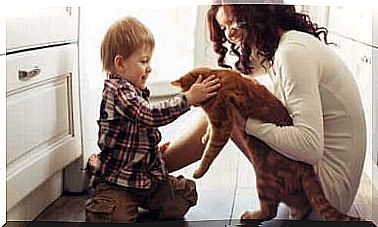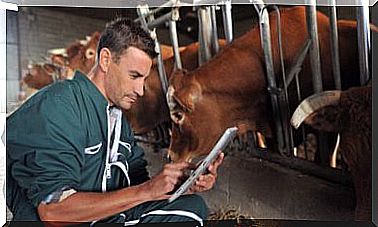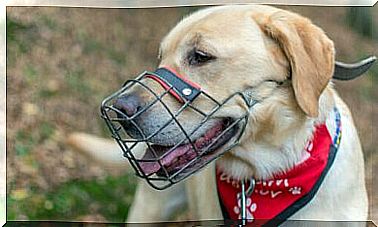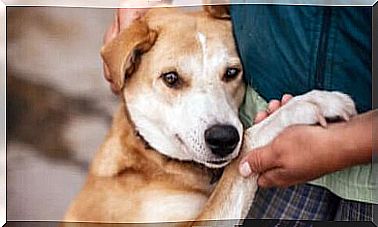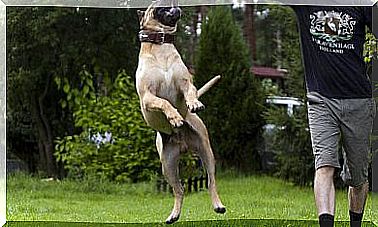Created An Emotion Translator For Dogs
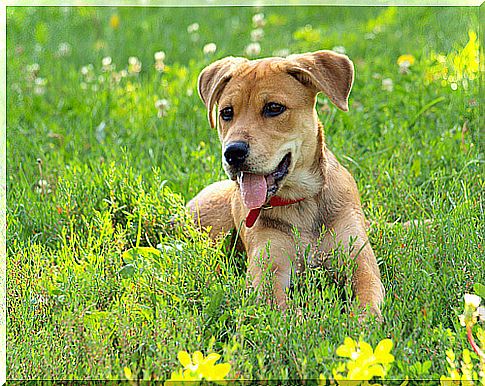
That dogs use their tails as an essential tool for their communication is nothing new for almost anyone. But that a company has created an instrument that, when placed on the animal’s tail, acts as a translator of emotions for dogs, is an innovation that only time will tell if it will be useful for humans and comfortable for pets.
To understand a dog you will have to understand the movements of its tail.
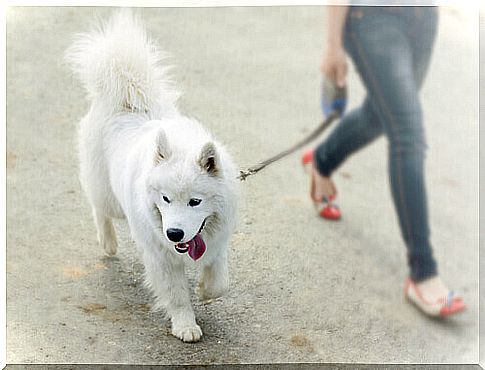
New York-based technology company DogStar has designed a handheld device that its inventors claim is capable of translating the emotions of our four-legged friends through the movements of their tail.
The device in question is called TailTalk and is an ultra light sensor that is placed on the dog’s tail so that it captures the animal’s movement patterns throughout the day.
The inventors explain that the tail is in the dog like the smile in humans and that it acts as the dog’s social interface. These stated forcefully: “to understand the tail is to understand the dog”.
How the Emotion Translator for Dogs Works
Mark Karp, one of the founders of DogStar, explains that the device uses an accelerometer combined with a gyroscope to capture tail movements.
Thus, we tried to gather all the information obtained in recent years about the different meanings of the tail movements of these animals, thus translating their emotions.
To finance the massive production, DogStar’s owners are running a campaign on the Indiegogo website, with the aim of raising the $100,000 they need.
Practical Uses of TailTalk
The creators of TailTalk assume that the device will be very useful for owners to know from a distance, and in real time, the emotional state of their pets through an application on their phones. This way, they will be able to find out how they feel when they are alone in the house or when they are with their walkers.
Possibly it will also help the “dogs” to begin to understand, little by little, the rich body language of the furry ones. Is that, although the tail can be considered the best option that these animals have to communicate, what is certain is that it is not the only resource, the ears also inform a lot. But in addition, to let us know their moods and express their emotions, they also use:
- Barks
- moans
- howls
- grunts
- looks
- body postures
- Facial expressions
what does the dog’s tail tell us
Almost all of a dog’s tail movements have a meaning, whether for their owners or for other dogs. We will tell you some details below:
- Fast and from one side to the other : agitation, happiness and joy. Also impatience and nervousness.
- In circles : empathy, fun, playful spirit.
- Short and quick: if you also have your ears bent back and show your teeth, then you are ready to attack.
- Raised and tip up: demonstrates authority. It means it’s the dominant dog .
- Raised but curved: indicates confidence and self-control.
- Extended horizontally : you are paying attention to something that attracts your interest.
- Extended horizontally and tense : if you also have goose bumps, there is a risk of confrontation if they invade your territory.
- Low, away from the hind legs : he is calm, relaxed and at ease.
- Low, close to the hind legs and with quick lateral movements: it shows insecurity and uneasiness.
- Between the paws : indicates fear and fear of being attacked. It can also mean submission to the pack leader.
No mutilation of tails and ears

Whether you want to interpret your pet yourself, or to receive a lithographic proof of your state of mind from a distance, it is essential that you do not cut your tail and ears.
- In addition to being a cruel and unnecessary act, you will be depriving your dog of fundamental tools for him to be able to socialize and avoid behavior problems.
We will leave one last piece of information: the movement of the tail helps in the emanation of the aroma of the pheromones that dogs have in the anal glands, another of the important ways of communication used by dogs.
Image courtesy of Gil.
